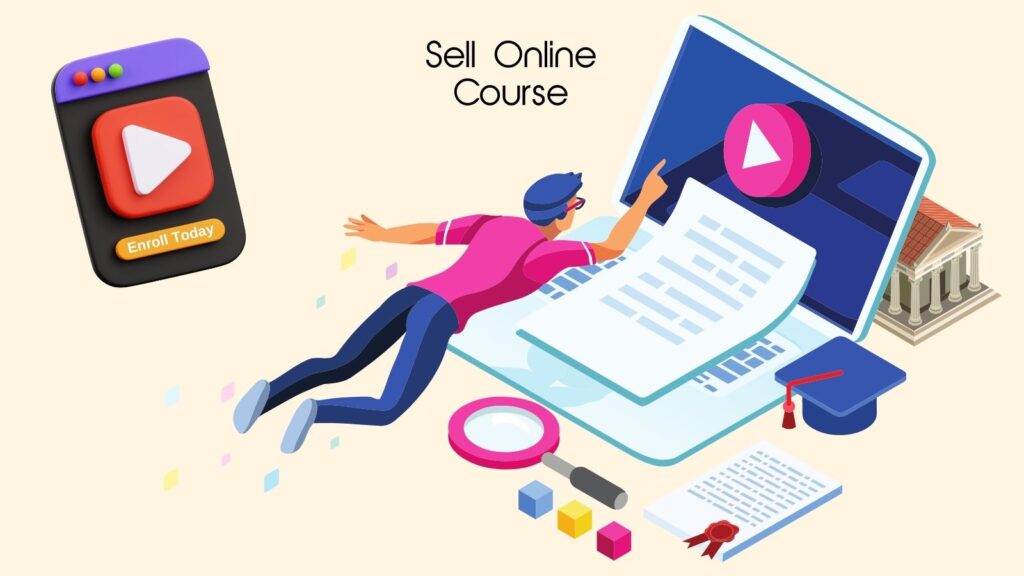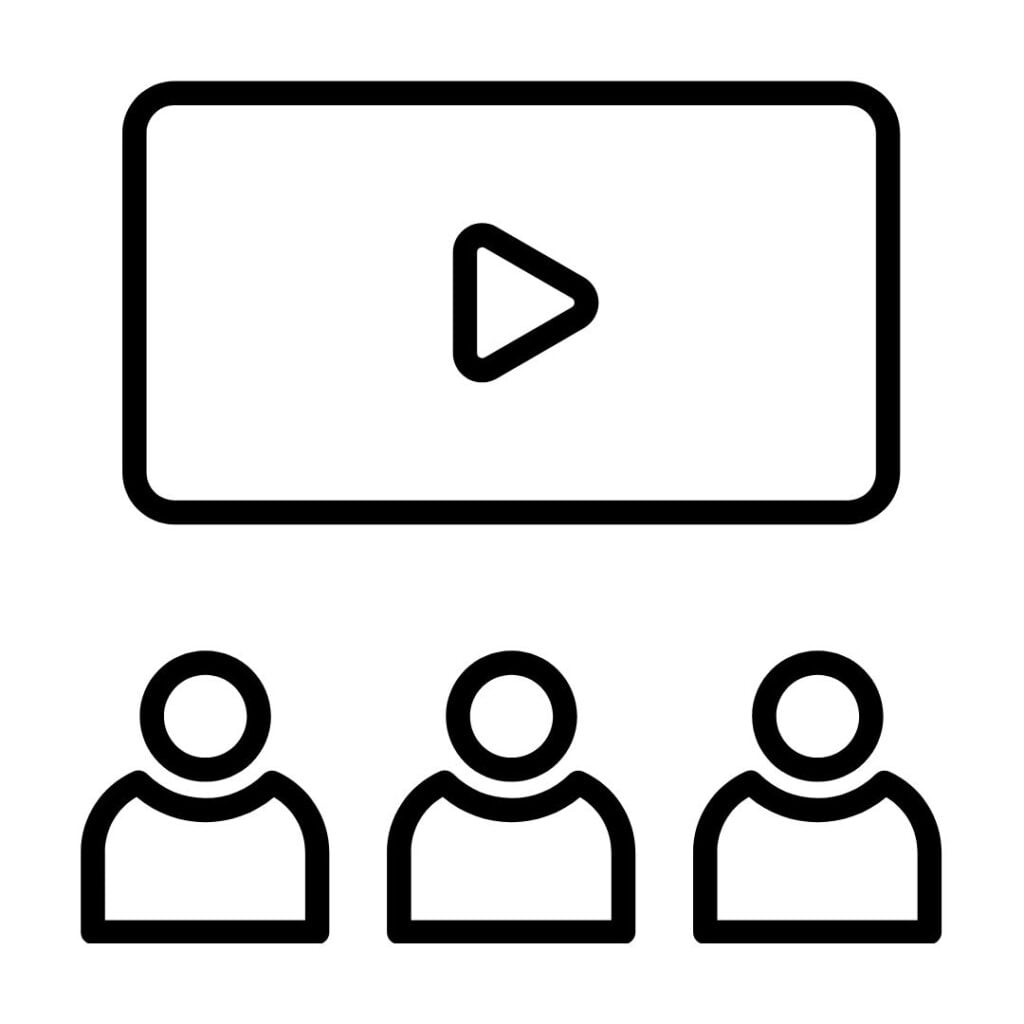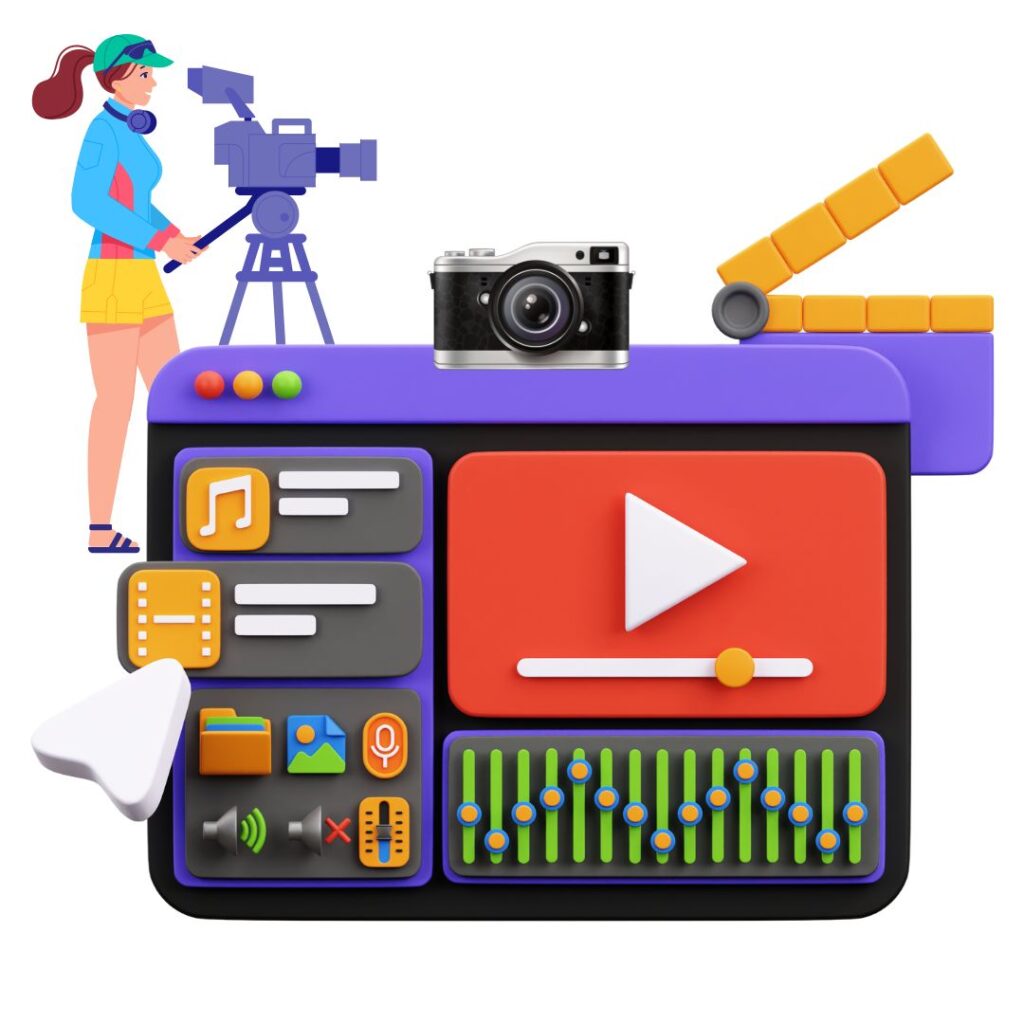In today’s digital age, sharing knowledge and expertise has become easier than ever, thanks to platforms like YouTube.
One of the most lucrative ways to monetize your knowledge is by creating and selling online courses. YouTube, with its vast reach and engaged audience, can be a powerful tool for promoting and selling your courses.

The demand for online learning has skyrocketed in recent years, driven by factors such as convenience, accessibility, and the increasing need for upskilling and professional development.
With traditional education systems adapting to remote learning and digital formats, individuals are turning to online courses on platforms like YouTube to acquire new skills, pursue hobbies, and advance their careers from the comfort of their homes.
In this guide, we’ll show you how to create and sell online courses on YouTube:
This comprehensive guide will walk you through the process of planning and content creation to marketing and monetization strategies to sell online courses on YouTube.
Start your highly profitable kid’s viral YouTube channel
How To Create And Sell Online Courses On YouTube: Step By Step Guide
1. Understand Your Audience

Before diving into course creation, it’s crucial to understand your audience’s needs and preferences.
Conduct market research, engage with your YouTube subscribers through comments and surveys, and identify popular topics or pain points within your niche.
Also conduct demographic research to understand the age, gender, location, and interests of your YouTube audience.
Use YouTube Analytics to gather insights into viewer behavior, including traffic sources, device usage, and audience retention rates.
Also, analyze viewer engagement metrics such as watch time, likes, comments, and shares to identify popular topics or content formats.
2. Plan Your Course

Outline the structure and content of your course. Define clear learning objectives and break down the course into modules or lessons.
Create a storyboard or script for each lesson to ensure a cohesive and engaging learning experience. Structure the course content logically, starting with an introduction, followed by sequential lessons, and ending with a conclusion or final project.
Determine the optimal course duration based on the complexity of the topic and the attention span of your target audience.
Start your highly profitable kid’s viral YouTube channel
3. Content Creation

Utilize YouTube’s video creation tools or invest in quality recording equipment for professional-looking videos.
Use a mix of visuals, animations, and real-life examples to enhance learning. Keep your videos concise and focused, with small sentences and clear explanations.
Choose the right video format for each lesson, such as tutorials, lectures, interviews, demonstrations, or case studies, based on the learning objectives.
Write concise and engaging scripts or talking points for your videos, using small sentences and clear language to explain concepts effectively.
Film in a well-lit and quiet environment with professional-quality camera equipment or webcam setups for clear video and audio production.
Start your highly profitable kid’s viral YouTube channel
4. Editing And Production

Edit your videos using editing software to enhance quality, add captions, and include interactive elements like quizzes or assignments.
Pay attention to audio and video quality to maintain viewer engagement throughout the course.
You may use video editing software like Adobe Premiere Pro, Final Cut Pro, or Camtasia to edit your videos, add transitions, overlays, text captions, and background music.
Enhance video quality by adjusting brightness, contrast, color grading, and audio levels for a polished and professional look.
Include interactive elements such as quizzes, polls, clickable links, and call-to-action buttons to engage viewers and encourage active learning.
Optimize video file formats, resolutions, and compression settings for fast loading and smooth playback across different devices and internet connections.
Start your highly profitable kid’s viral YouTube channel
5. Setting Up Your Course Platform

Research and compare online course platforms or learning management systems (LMS) based on features, pricing, scalability, and user reviews.
Platforms like Teachable, Udemy, or YouTube’s own platform for paid content can handle course enrollment, payments, and student interactions.
Choose a platform that supports video hosting, course creation tools, student management, payment processing, and analytics tracking.
Customize your course landing page with compelling descriptions, testimonials, instructor bios, course syllabus, pricing options, and enrollment buttons.
Set up secure payment gateways and offer multiple payment methods for students, such as credit/debit cards, PayPal, Stripe, or digital wallets.
Test the course platform’s functionality, user experience, and mobile responsiveness before launching your course to ensure a seamless learning journey for students.
6. Marketing And Promotion

Marketing and promoting your online course on YouTube can significantly impact its success. Promote your course on YouTube through teaser videos, trailers, and testimonials from satisfied students.
Leverage YouTube’s SEO tools by optimizing video titles, descriptions, and tags with relevant keywords. Collaborate with influencers or industry experts to reach a wider audience.
Collaborate with other YouTubers or industry influencers who have a similar audience. Guest appearances, joint webinars, or co-promotion campaigns can expand your reach and attract new students.
Leverage other social media platforms like Facebook, Instagram, and Twitter to promote your course. Share teaser clips, testimonials, and behind-the-scenes content to generate buzz and attract potential students.
Start your highly profitable kid’s viral YouTube channel
7. Monetization Strategies

Choosing the right monetization strategy for your online course can impact its profitability and appeal to different types of learners.
Explore different monetization models for your course, such as one-time payments, subscription-based access, or tiered pricing with additional bonuses or resources.
- One-Time Payments
Offer the course for a one-time fee, giving students lifetime access to the content. This model works well for comprehensive courses with high value and ongoing relevance.
- Subscription-Based Access
Provide access to your course through a subscription model, where students pay a recurring fee for continuous access to new content, updates, and community features.
- Tiered Pricing
Create multiple pricing tiers with varying levels of access, bonuses, or personalized support. Offer premium tiers with exclusive resources, coaching sessions, or certification options for higher value.
Run limited-time promotions, early bird discounts, or bundle offers to incentivize enrollment and drive sales during launch periods or seasonal promotions.
Start your highly profitable kid’s viral YouTube channel
8. Engaging With Students

Building a strong community and fostering engagement with your students can enhance their learning experience and increase course satisfaction.
You can create a community around your course by actively engaging with students through discussion forums, live Q&A sessions, and feedback surveys. Provide ongoing support and updates to keep students motivated and satisfied with their learning experience.
Create dedicated discussion forums or community spaces where students can ask questions, share insights, and connect with peers. Monitor discussions regularly and participate to encourage active participation.
You may also host live Q&A sessions or webinars where students can interact with you in real-time, ask questions, and receive immediate feedback. Record these sessions for future reference and engagement.
9. Analyzing Performance

Monitoring and analyzing key performance metrics can help you assess the effectiveness of your course, identify areas for optimization, and make data-driven decisions.
Track key metrics such as enrollment rates, completion rates, and student feedback to evaluate the success of your course.
Use analytics tools provided by your course platform or YouTube to make data-driven decisions and optimize future course offerings.
Gather feedback from students through surveys, reviews, or ratings to understand their satisfaction levels, identify strengths and weaknesses of the course, and make improvements based on actionable insights.
Monitor revenue generated from course sales, subscriptions, or additional upsells to evaluate the financial performance of your course. Calculate the return on investment (ROI) by comparing revenue against marketing and production costs.
Start your highly profitable kid’s viral YouTube channel
Now that you know, how to create and sell online courses on YouTube, implement these to start making money selling courses.
Remember, creating and selling online courses on YouTube is a rewarding endeavor that allows you to share your expertise, build a loyal following, and generate passive income.
By following these steps and staying connected with your audience, you can create impactful courses that resonate with learners and drive revenue growth. Start planning your course today and unlock the potential of online education on YouTube!